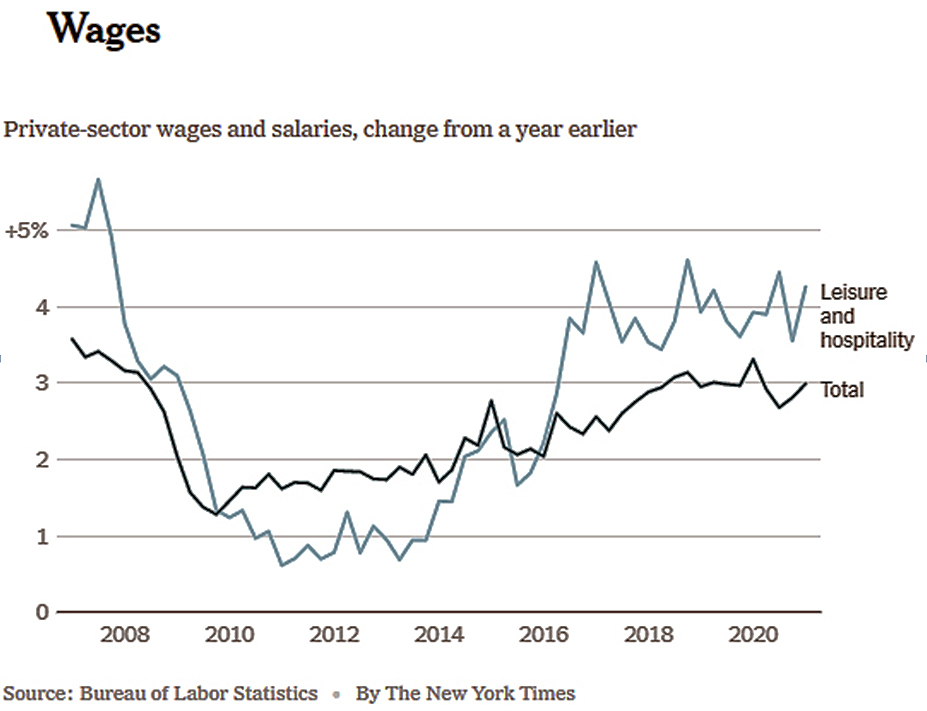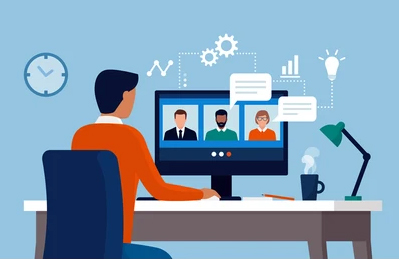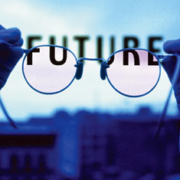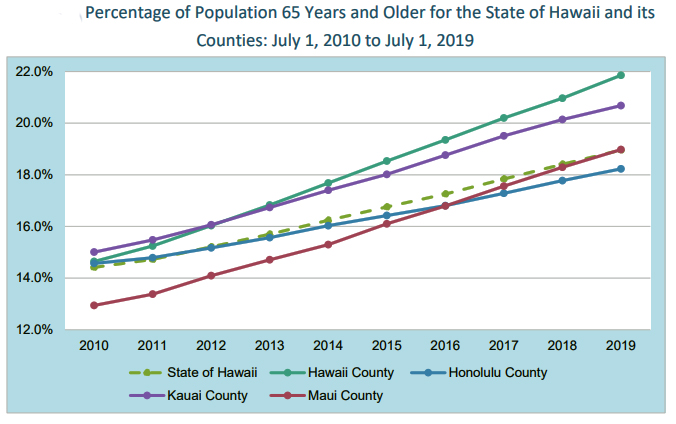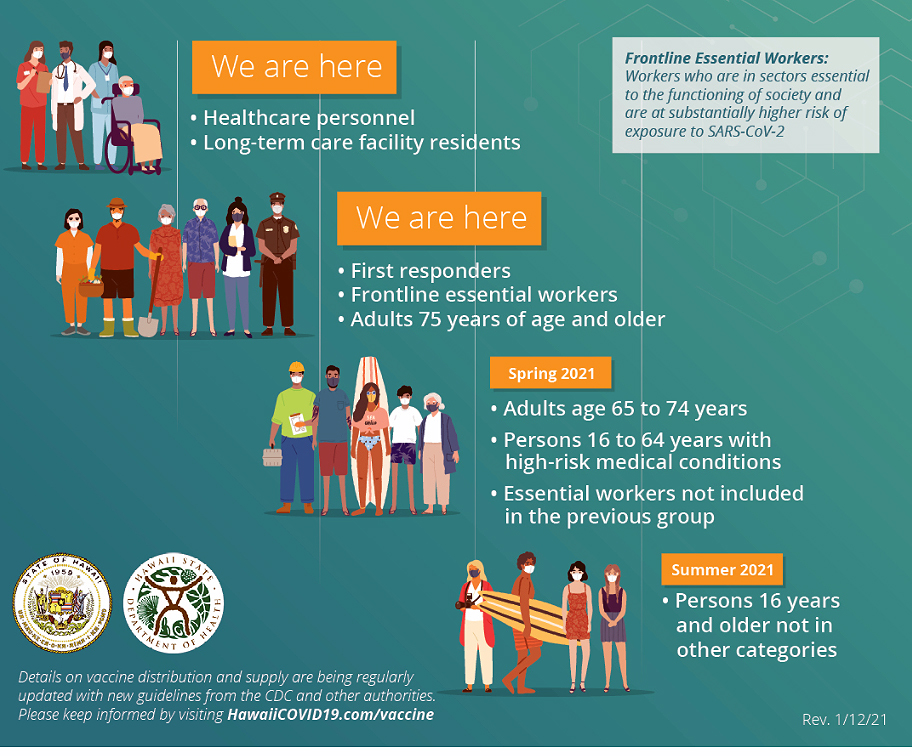What to expect in 2022 and beyond, but some background first…
Inflation in the U.S. is at its highest rate since 1982, rising 8.5% over the year to the end of March as the war in Ukraine drove up energy costs for Americans, the labor department announced on Tuesday.
Even though unemployment is falling and wages are rising, inflation is costing the average American household an additional $296 per month, according to Moody’s Analytics, and people have been feeling the crunch.
About one in five Americans think inflation and the high cost of living are the most important problems facing the country today. They’re more worried about inflation than about Covid-19 or the war in Ukraine.
In a recent New York Times interview Paul Krugman, Nobel Prize Economist explains what’s up with today’s economy and what’s ahead.
The implications for Hawaii are obvious.
- Do you think the economy is good right now or bad or in between? And what are you looking at to make that determination?
 PK:
PK:
It’s a really good economy with a couple of problems. It’s the best job market possibly ever. It’s easier to get a job than it was during the height of the Clinton era boom, which is great. Yes, inflation is uncomfortably high. Inflation by itself bothers people, but in some ways, it shouldn’t matter if wages were keeping up, but they aren’t. So we have a situation where people who already had jobs have 1 percent or 2 percent less purchasing power than they did a year ago. So it’s not an A plus, plus economy, but it’s certainly immensely better. Compare this with where we were at this stage after the financial crisis, and it’s a great economy.
- Inflation has gotten a big focus for people, but first, the job market. The unemployment numbers are down to a new pandemic low of 3.6 percent — astonishing. What more can we expect?
PK:
So there’s always going to be some unemployment. There’s churn. People used to talk about the mirror test for unemployment. If your breath would fog a mirror, you could get hired. And we’re in that kind of market, which is, that’s a good thing. And what it’s especially good for is, it’s good for young people because those people are getting a good start on their careers. A tight labor market is a really, really good thing from a lot of points of view, from a social point of view, not just purely monetary.
- The housing sector; rents are up more than 30 percent in some cities. How long can this go on?
PK:
We had a crazy housing market pre-2007. That was a bubble, and it was concentrated in places where it’s very hard to build a house, basically places where the NIMBYs have prevented housing construction, like San Francisco. Rents are also up in small towns. And it seems to be that we just haven’t been building enough housing anywhere, possibly because people got burned by the housing crisis, possibly because of all these supply chain issues. Whatever they may say about the economy, people are actually feeling that they have cash, and but we just haven’t built very many houses since the big housing crash 15 years ago.
- Would a building boom help?
PK:
One of the sort of longest standing problems we’ve had in the United States is that we have not allowed enough housing to be built in places where people want to live and where businesses want to locate. San Francisco was famously bad, but New York, too. New York is a great place to live if you can afford it.
- You’ve written that the American economy is, quote, “running very hot right now.” Can you talk about what you mean by that?
PK:
It’s like an engine. How many rpms are you running the engine at? The U.S. economy is currently running, it appears — all the evidence suggests that it’s running in a situation where there is more demand for workers than there are workers willing to accept jobs for whatever reason. There’s more spending out there than there is sustainable capacity to meet the demand.
- So who’s winning and who’s losing in this economy?
PK:
Well, you know, for the most part, there are not very many serious losers. Some wages have lagged a little bit behind inflation, but it’s really not a big deal and corporate profits are really high. The losing part is that you worry. And this is what we learned. The hard lesson we learned in the 1970s is that if you run the economy too hot for too long, then inflation gets entrenched in the economy. And since people don’t like inflation, both because of the real damage it does, but also because it conveys a sense that things are out of control, then everybody starts to raise prices just because they think everybody else is going to raise prices, and then getting it back down can be very expensive. So inflation in 1979 was not actually that big a problem directly. Wages were rising about as fast as prices were. Trouble was, that inflation had to be reduced, and what followed was a horrific extended slump in the economy. It was what it took to get inflation down that hurt almost everybody.
And that’s what we’re worried about now, but I would argue pretty strongly, we’re not at that point yet.
That if we can bring this inflation under control in the next year or 18 months, then nothing bad really will have happened. But what happened in the ‘70s is a cautionary tale.
- According to a recent Gallup poll, rising prices are the number one economic concern. It’s the number one concern for Americans right now, despite Ukraine, despite whatever is happening. And there’s a lot happening. A survey in late March found that 31 percent of those polled think the economy is good, 64 percent believe it’s in bad shape. How unusual is that, are those feelings you just talked about, if people perceive it it’s so?
PK:
Well, you have to hold two thoughts in mind. One, yes, inflation is a real problem, and it’s disturbing that it’s this high. Two, People know that people’s perception of the economy does seem to be way out of line with how bad things really are. This is not a great situation on inflation, but it’s a very good job market. it’s easy to find jobs, but if you ask them, recent polls I’ve seen say that a plurality of people think that the U.S. economy has lost jobs over the past year, which is crazy. And that, is a media failure.
Self-identified Republicans say that the economy is worse than it was in 1980 when we had 8 percent unemployment and 14 percent inflation. So there is something going on here where people have gotten into a sour mood and, to some extent, is what they see on the chyrons on cable T.V.
PK:
Part of the thing is that gas prices, although they’re high, adjusted for inflation, which sounds a little bit funny, but the price of gas compared with the price of other things is not all that high by historical standards. It’s not — even within the last decade, we’ve had times when gas has been this expensive. But it just happens to be a highly visible symbol of stuff out there.
- How much is it tied to what’s happening in Russia and Ukraine and the impact on the energy sector, and how much is the fate of the economy tied up in that one sector?
PK:
Oil prices had been rising quite a lot before. And then we have Russia, which is a significant oil exporter. We don’t know how much oil the Russians are actually managing to get out, but certainly been some oil removed from the market, and there’s almost certainly some panic buying out there as well. Actually, if you really want to know about Russia-Ukraine, the much bigger issue is food.
Russia has 11 percent of world oil production. But Russia plus Ukraine are also about a quarter of the world’s wheat exports. Gasoline is a few percent of the average American family’s budget. Food is somewhat higher, but a fair bit of that is not actually the cost of the foodstuffs. It’s the cost of the packaging, the preparation and the marketing. These things by themselves are not all that huge, but they all add up. If you’re talking about poor countries, then this rising world price of food is a very serious thing.
- People notice the cost of food or milk and things like that. And on top of that, the supply chain around the pandemic was also impacting prices. Are there other factors?
PK:
Because of the internet and all that, we started to think of ourselves as having this sort of dematerialized economy, where everything was frictionless. And it turns out most of the stuff we want has to get manufactured and has to get shipped from place to place. There is shortage of shipping containers, a shortage of port capacity, especially if the mix of things that people are buying is very — a little skewed from what it is normal, which is what happened after the pandemic. Now, some of that may be starting to ease, but one thing after another keeps happening.
- Because we’re used to an economy where you click and get?
PK:
That’s right. It’s designed to be invisible to us, a little bit like Amazon. Click on the button, then stuff appears on your doorstep. And there’s actually a million workers in Amazon facilities around the country making that happen. But we’ve had a lesson that the physical logistics of the economy are both much more important and much more fragile than we had realized.
- So as you see higher gas prices and higher food prices, is there any other area you think is something that you’re paying attention to in terms of pricing, rents are higher? And they’re all for different reasons?
PK:
All of it would be less inflationary if the economy wasn’t running as hot, right? Look, we did the right thing by rescuing people during the pandemic. We had a tremendous amount of financial aid from the government that helped people get through it, but also created a lot of spending power which created strong demand. All of these things are, to some extent, reflecting that.
There are special factors, and every industry is different, but there’s a kind of shared overstimulation that’s affecting a lot of stuff – the stuff that is made up of temporary disruptions.
There are also the supply chains relating to food and energy. Food and energy can be measured easily. The other stuff is a little bit harder and trickier, to be sure. And then there’s the general overheating, however, I do believe the supply chains will this get sorted out. It’s just taking longer than we thought. There’s enormous financial incentives to make it work. That part of inflation will come down.
The overheating is more difficult to judge, and we’re not sure yet what it’s going to take to bring that down. The important thing is to get all of this stuff down before people start to think that inflation is a permanent condition.
- A permanent condition? Republicans have tried to pin some of the blame on stimulus payments in 2020 and last year, creating demand, and people wanting to spend. And of course, that makes sense, coming out of a pandemic with all that pent up demand. Would you put any blame on the stimulus payments creating that situation? Are they right?
PK:
A little bit. It made sense to provide a lot of aid. There were some things that probably didn’t make a lot of sense. The higher unemployment benefits were really necessary. The expanded child tax credit, we should keep forever, which we won’t, but we should because that was really doing a lot for children. Those $1,400 checks probably did not make a whole lot of sense.
And it turns out we had a lot of aid to state and local governments that ended up not being needed, although also mostly not being spent. So I would say that the stimulus money presented less than one percentage point of the inflation.
- So you’re saying the economy is actually good. People don’t think it is, or that it hardly matters?
PK:
Well, it’s a little of both. Inflation is real. It has always been the case that inflation bothers people. To say, well, it shouldn’t, that doesn’t help. If we look at the things we think will really matter in the long run, which is getting people back to work, getting young people into the job market, having a solid recovery, then, actually, Biden has done really, really well, but he’s not going to take credit for it.
- Inflation tends to hit poor people harder. And so it does affect people beyond their perceptions, even if they’re getting jobs, correct?
PK:
Yes, although the one thing you want to say about it is, wages are up a lot, and not up enough on average to keep up with inflation. But the wage increases have been biggest at the bottom end of the scale. Although inflation may be hitting the true inflation rate for people in the bottom third of the wage distribution, it is higher than the average inflation rate. The rate of wage increase for those people is also higher. And it’s not all clear.
In fact, most of the stuff I’ve been seeing suggests that, actually, this economy’s been pretty good for people further down.
- How do we bring inflation down? How do you cool off a hot economy? Talk about ways to cool off a hot economy. Obviously, interest rates is one of the top ways to do that.
PK:
Well, I think pretty much interest rates is it. That’s the only thing we need to do. The big spending is behind us now. I don’t think that Build Back Better would have been particularly inflationary, but that’s not going to happen anyway because Joe Manchin is not going to let it happen. All of that spending that took place in early 2021 is now receding rapidly in the rearview mirror. And so it’s interest rates, and the Fed has only raised the interest rate it controls directly by a quarter of a percentage point. And the biggest place where you have leverage here is housing. Mortgage rates are now up a lot in just in the last few months.
And that’s going to have an effect. It’ll take a while, but it means that presumably, these bidding wars for houses are going to cool off. But more to the point, if you’re a developer thinking about building a bunch more housing, the price at which you can expect to sell them is going to go down. There are a few other things there as well. To some extent, business investment is going to be cooled off by these high interest rates. And consumers are going to start to feel a little bit less wealthy as house prices start to descend a bit.
This is how we ended the great inflation of the 1970s, within a period of extremely high interest rates. I don’t think they’ll need to go anywhere near that high this time. But that’s how you do it.
- Treasury Secretary Janet Yellen said in October of last year, I don’t think we’re about to lose control of inflation. She obviously was trying to calm the markets, but you think they do have control of it?
PK:
Well, I think it’s not yet out of control and probably not going to, but that’s not a certainty. As long as people believe that it’s (inflation) temporary, then it’s not that hard to end. And people do seem to believe that it’s temporary. One of the economic principles for policy that’s worked really well has been to say, do not base policy on food and energy prices. Focus on core inflation. We had a spike in inflation in 2008 and another one in 2010, 2011, both of which the Fed, to its great credit, said, not to worry. This is a temporary phenomenon. And that’s mostly where we are now. This does not yet look like an economy in which inflation is out of control. It looks like an economy that’s hit a rocky patch, but that’s all.
- What does 2022 would look like?
PK:
The answer is, it will be a year of slow economic growth, slower than last year, slow enough so that, in fact, maybe the unemployment rate ticks up a little bit so that employers don’t feel that they have to bid desperately to get workers, but one in which wages continue to rise and jobs continue to be readily available to people who want them. And all of the components of inflation just start coming down, and people start to relax about the whole thing.
- How do we get out of this? Is there an argument for letting inflation be at all, that it’s a byproduct of stimulus, helping Ukraine fight the war, et cetera, et cetera.
PK:
Within limits. Where we are now with 8 percent inflation, that’s not OK. First of all, people really hate it. And it does have some serious downsides. At that level, you start to get to a situation where you’re starting to impair the usefulness of money because the purchasing power is too unpredictable in the future. On inflation, there’s really two things.
One is that all of us tend to feel that we earned our wage increase, and that the price increase was that something that was done to us, even though it’s actually part of the same process. That’s a slightly discreditable thing, but then there’s just the sense of things of being of control. And an economy with 2 percent inflation is an economy where people feel — they’re aware that prices tend to rise a little bit, but they don’t feel that things are disorderly.
So I think that’s the point, is that inflation, it doesn’t do much good to tell people that inflation shouldn’t matter. It does matter in people’s perceptions. People won’t start to feel better until it comes down some. If things play out the way I think and hope they will, we will see inflation coming down quite a lot late this year or early next year.
And what if we reach a point where now we’re sort of at 3 percent inflation, and the normal target has been 2? Is that the time to just declare victory and pull out, to say, OK, that’s good enough. And I will probably be on the side of people saying, yeah, OK, we can stop the squeeze now. This is OK. Because there’s really no concrete evidence that 3 percent inflation does any significant harm, compared with 2 percent inflation.
- You said inflation will come down late this year, early next year, that people aren’t concerned about the long-term. But that’s after the midterms. Do Democrats have enough time between now and November to convince Americans that the economy isn’t as bad as they seem to feel it is?
PK:
I have absolutely no idea.
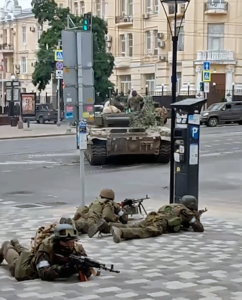 Putin mobilized Russian troops on Saturday to defend Moscow from what he called an armed rebellion by Mr. Prigozhin, whose forces had claimed control of Rostov-on-Don and were seen moving north along a highway toward the Russian capital. Then, in a surprise turn of events, the Belarusian president, Alexsandr G. Lukashenko, said he had secured Mr. Prigozhin agreement to halt his forces’ advance. Mr. Prigozhin confirmed that he was turning his forces around.
Putin mobilized Russian troops on Saturday to defend Moscow from what he called an armed rebellion by Mr. Prigozhin, whose forces had claimed control of Rostov-on-Don and were seen moving north along a highway toward the Russian capital. Then, in a surprise turn of events, the Belarusian president, Alexsandr G. Lukashenko, said he had secured Mr. Prigozhin agreement to halt his forces’ advance. Mr. Prigozhin confirmed that he was turning his forces around.
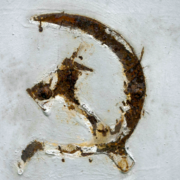
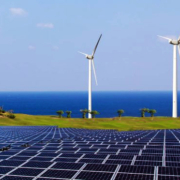
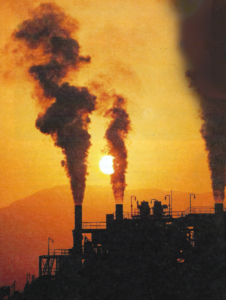

 PK:
PK:


 Widespread adoption of hydrogen for large vehicle commercial transportation applications is far from certain, but H2 does hold some advantages over BEV’s in the form of large truck and buses.
Widespread adoption of hydrogen for large vehicle commercial transportation applications is far from certain, but H2 does hold some advantages over BEV’s in the form of large truck and buses.
 HuHonua is not the only example of where agricultural (deforestation) and energy form a nexus in past and present County policies. Hawaii County, like the rest of the state struggles with so-called invasive species (as referenced below in the Robert Command email), and ironically, are proving to be more climate-tolerant than so-called native species.
HuHonua is not the only example of where agricultural (deforestation) and energy form a nexus in past and present County policies. Hawaii County, like the rest of the state struggles with so-called invasive species (as referenced below in the Robert Command email), and ironically, are proving to be more climate-tolerant than so-called native species.

 There is evidence to back up these concerns as job openings surge to record levels, but hiring hasn’t kept up. Millions of people who had jobs before the pandemic aren’t even looking for work for variety of reasons not covered by cable news.
There is evidence to back up these concerns as job openings surge to record levels, but hiring hasn’t kept up. Millions of people who had jobs before the pandemic aren’t even looking for work for variety of reasons not covered by cable news.